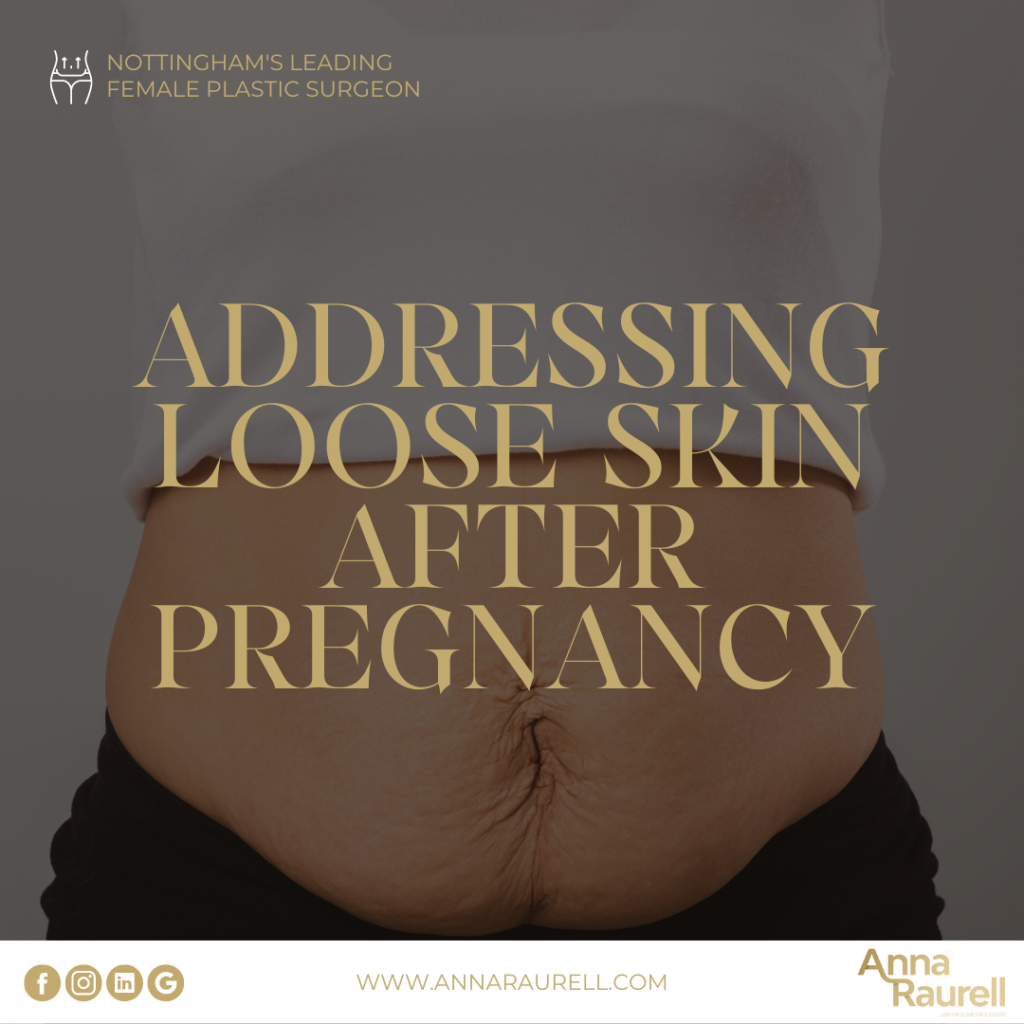
Nipple correction surgery can correct issues in the appearance of nipples, address their projection, or repair developmental anomalies or asymmetries. It can also address the areola, the pigmented area around the nipple.
An ideal nipple correction surgery candidate is those who have:
- Inverted or enlarged nipple
- Enlarged areola
What nipple correction surgery does:
- Removes excess skin and fat
- Provides a youthful appearance
There are various ways you can address a nipple issue depending on the specifics of the condition you are seeking to correct.
Areola reduction eliminates excess pigmented skin and can change the shape and size of the areolae. This is suitable for patients who feel their areola, the pigmented areas at the base of the nipples is too large for their breast or nipple. This is considered a cosmetic procedure, unless it occurs as part of a medically indicated breast procedure, such as breast reduction.
Extra nipple excision removes extra nipples that occur along the mammary milk line. These are surprisingly common, and may occur as just an extra nipple or as an extra nipple and breast.
Nipple correction surgery is typically performed after a mastectomy when the nipple is removed for cancer reasons. During breast reconstruction, after the breast mound has been reconstructed small flaps of tissue can be used to make a new nipple. This increases the projection of the nipple, which can then be tattooed to add pigment or color to the nipple and areola.
Nipple inversion is surprisingly common. This is thought to occur because the milk ducts are tethering the nipple and pulling it inwards underneath the surface. These tethering bands can be released and the nipple can be brought back out with a small incision at the base of the nipple. While this can normalise the appearance of the nipple, it is not a functional reconstruction, meaning it does not improve the ability of a patient to breastfeed, and might actually compromise the connections between the nipple and the milk glands. It is not therefore recommended in women who hope to breastfeed after surgery, and is considered a cosmetic procedure.
Nipple reduction surgery gets rid of excess portions of an enlarged nipple, corrects deformities, and can modify an elongated or sagging nipple.
Gynaecomastia surgery, or otherwise known as male breast reduction, corrects extra breast tissue over pectoral muscles in teenage boys or older males. The position of the nipple may need to be adjusted to accommodate the change in mass of the breast tissue.
Book your consultation with Anna Raurell today by clicking here.






